Ever wondered how your Facebook shows you exactly the right type of videos and ads that pique your interests?
How does your Instagram know which products to show you when you are scrolling through the “Discovery” page?
Well, it’s simple. They all use Customer Data Enrichment techniques.
Using common methods like data appending, and data normalization, eCommerce website builders collect important data about their customers to market products customized to your preference.
Intriguing right? Let’s dive deep into the world of Data Enrichment and see how it works.
What is Data Enrichment?
Enrichment typically means collecting or gathering information from various sources. When data is involved, the enrichment process will refer to adding relevant data from external sources to your existing dataset.
So, the Data enrichment process can be defined as,
“The process of enhancing or augmenting existing data with additional information or attributes to make it more valuable, comprehensive, and useful for analysis, decision-making, or other purposes.”
It involves data collection from public databases, third-party providers, social media platforms, or any other data repositories.
Why Do You Need Data Enrichment Service?

The purpose of data enrichment is basically to collect different types of data information that may help your business.
Imagine if there’s a hack that tells you specific details about your prospect audience. Wouldn’t you wanna know about their unique interests? So, you can market your product to better appeal to their needs.
If you manage to collect the right type of data, you can successfully generate more sales leads by:
- gaining a better understanding of your customers.
- improving customer profiling and segmentation.
- running personalized marketing campaigns.
- identifying new business opportunities.
- making better informed decisions.
Additionally, you can also enhance the quality and context of the data to provide better outcomes.
7 Important Types of Data Enrichment
There are several different types of enrichment techniques that organizations use to enhance their datasets.
Here are seven major categories of data enrichment examples that you are most likely to stumble upon while mining data for your business.
-
Geographical Enrichment:

As the name indicates, geographical data enrichment involves adding geographic data to the existing records.
It includes information such as latitude and longitude coordinates, postal addresses, ZIP codes, city names, or country details.
Geographical enrichment allows for spatial analysis, mapping, and location-based targeting.
-
Demographic Enrichment:

Next comes demographic enrichment which focuses on augmenting data within groups of information.
You can collect and categorize data into individual patterns or groups, such as age, gender, income level, education, occupation, or marital status.
This type of enrichment helps in customer segmentation, targeted marketing, and personalization efforts.
-
Firmographic Enrichment:

Firmographic enrichment is most commonly used in business-to-business (B2B) contexts.
It involves adding details about organizations or companies, such as industry type, company size, revenue, location, or hierarchy.
Enrichment firmographic data helps you in competitive market research, B2B lead generation, and account-based marketing.
-
Social Media Enrichment:

Social media enrichment involves gathering data from social media platforms to gain insights into customers’ preferences, interests, behaviors, or sentiments.
It may include information from profiles, posts, comments, or engagement metrics.
Social media enrichment aids in understanding customer sentiment, conducting social listening, or targeting specific audiences.
-
Behavioral Enrichment:

Behavioral enrichment focuses on capturing and analyzing user behavior data, such as website visits, clickstream data, purchase history, or interactions with digital platforms.
By enriching data with behavioral attributes, organizations can personalize customer experiences, optimize marketing campaigns, and improve customer engagement.
-
Psychographic Enrichment:

Psychographic enrichment involves adding psychological or personality traits to customer profiles.
It aims to understand customers’ attitudes, values, motivations, lifestyle choices, or interests.
Psychographic enrichment helps in building detailed customer personas, developing targeted messaging, and creating more personalized experiences.
-
Technographic Enrichment:

Technographic enrichment focuses on adding information about the technology stack used by organizations.
It includes details about software, hardware, tools, or platforms employed by companies.
Technographic enrichment is particularly useful for technology sales and marketing, competitive analysis, or identifying partnership opportunities.
10 Major Benefits of B2B Data Enrichment
By providing deeper insights, enabling more precise targeting, and improving data quality, B2B data collection can significantly impact marketing, sales, and your overall business performance.
Here are ten major B2B benefits of data enrichment:
-
Improved Lead Generation and Targeting:
Firstly, B2B enrichment enables businesses to enhance their lead generation process by appending additional details to their existing lead data.
Enriched data provides insights into companies’ firmographics, industry classifications, revenue, or employee size, helping to identify high-quality leads and target them more effectively.
-
Enhanced Account-Based Marketing (ABM):
B2B data collection plays a crucial role in account-based marketing strategies. This allows for more personalized and tailored marketing campaigns, increasing the chances of engagement and conversion.
By enriching data with firmographic, technographic, or behavioral attributes, organizations can gain a deeper understanding of their target accounts.
-
Better Sales Intelligence:
Enriching B2B data provides sales teams with valuable intelligence about their prospects and customers. This knowledge enables them to have more informed and productive sales interactions.
By appending details such as job titles, organizational hierarchies, or industry-specific data, sales representatives can gain insights into their prospects’ needs, pain points, and decision-making processes.
Enhanced Customer Profiling: B2B data typically allows businesses to build more comprehensive and detailed customer profiles. It helps get a deeper understanding of the buyer’s persona of customers, their behaviors, and needs, enabling personalized and effective marketing and sales strategies.
By adding data such as company affiliations, job roles, purchase history, or social media engagement, businesses can gain a holistic view of their customers.
-
Improved Customer Segmentation:
B2B data can help you create more refined and accurate customer segments to categorize your prospect audience. This facilitates targeted marketing campaigns, personalized messaging, and tailored product offerings.
By augmenting data with demographic, firmographic, or behavioral attributes, companies can group their customers based on relevant criteria.
-
Enhanced Data Quality and Integrity:
Enriching B2B data helps to improve its quality and integrity. By appending missing or incomplete information and validating existing data, organizations can ensure that their datasets are accurate, up-to-date, and reliable.
Clean and enriched data enables better decision-making, reduces errors, and enhances overall data-driven operations..
-
Improved Account Prioritization:
B2B data collection helps your business prioritize your account management based on relevant attributes. This optimizes resource allocation and sales efforts, leading to increased efficiency and revenue growth.
By enriching data with factors like revenue, industry, or buying signals, companies can identify and focus on high-value accounts with greater conversion potential.
-
Accurate Data for Market Research:
-
Data enrichment ensures that market research efforts are based on accurate and up-to-date information. Enriched data helps in identifying market opportunities, understanding customer needs, and staying ahead of the competition.
By enriching data with industry trends, market insights, or competitive analysis, organizations can make more informed decisions and develop effective market strategies.
-
Effective Personalization and Customer Experience:
B2B data also facilitates personalized customer experiences by providing organizations with detailed information about their customers’ preferences, interests, or past interactions
Enriched data enables tailored product recommendations, personalized email messages, integrated marketing and customized content delivery. This leads to improved customer satisfaction, engagement, and enhanced customer loyalty.
-
Data-Driven Decision Making:
B2B data collection enables data-driven decision-making across various functions within an organization. Enriched data ensures that decisions are based on a solid foundation of reliable and comprehensive information.
Data enrichment provides valuable insights into customer behavior, market trends, and business performance. This allows for more accurate forecasting, strategic planning, and informed decision-making at all levels of the organization.
What’s the Best Data Enrichment Tool?
- Data enrichment techniques can vary depending on the specific needs and goals of your business organization. An easy way to gather valuable data is to partner up with us for data collection 😉
- Data enrichment techniques are used to fetch relevant details about the audience that can provide deeper insights into the existing dataset. It can help unlock the full potential of your business products by expanding its scope, accuracy, and usefulness. Ultimately it leads to improved analytics, targeted marketing, and enhanced decision-making capabilities. eCommerce Business organizations may combine multiple techniques to extract the maximum value from their data.
FAQ
What Is Data Enrichment?
Data Enrichment is the process of enhancing, refining, and improving raw data. This is done by introducing new data or information into the existing data set, allowing for more comprehensive, informative, and useful data.
Why is Data Enrichment Important?
Data Enrichment plays a vital role in making data-driven decisions. By enriching raw data, organizations can have a more comprehensive understanding of their data, allowing for more accurate analysis, insights, and strategies.
What are the Benefits of Data Enrichment?
Some benefits of Data Enrichment include improved data quality, enhanced decision-making, increased operational efficiency, and better targeting in marketing strategies.


